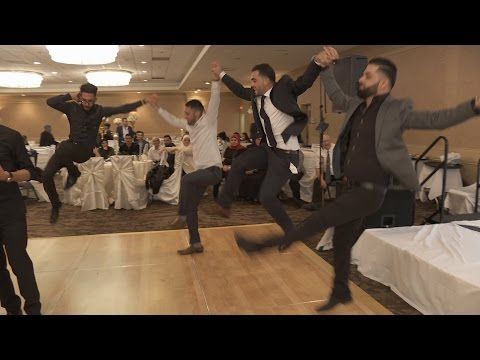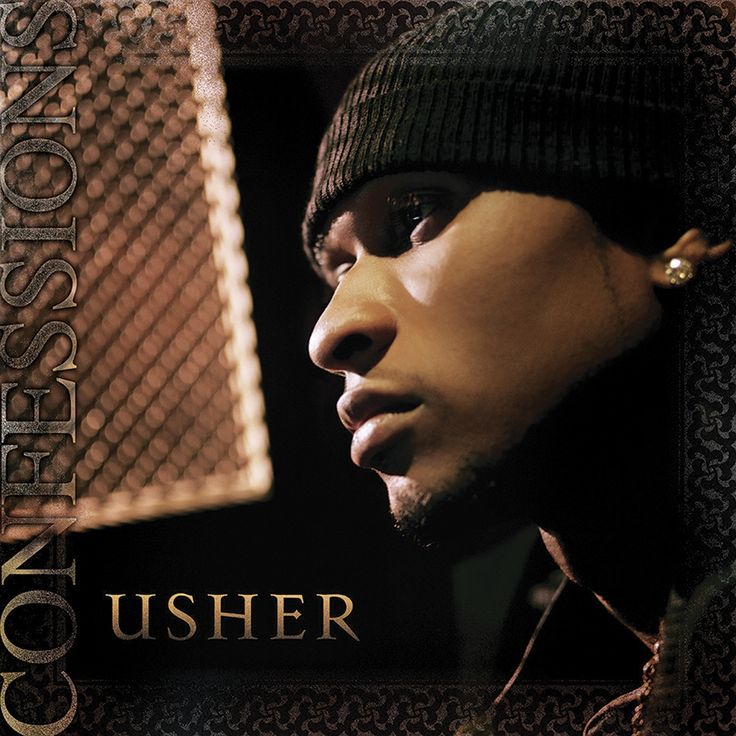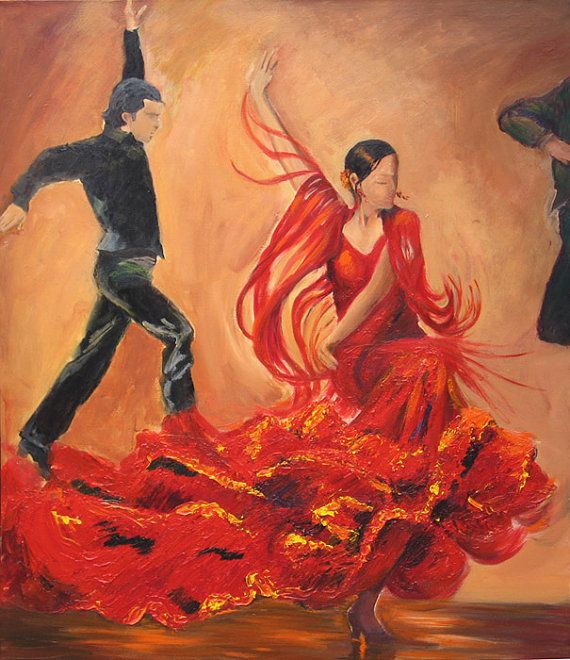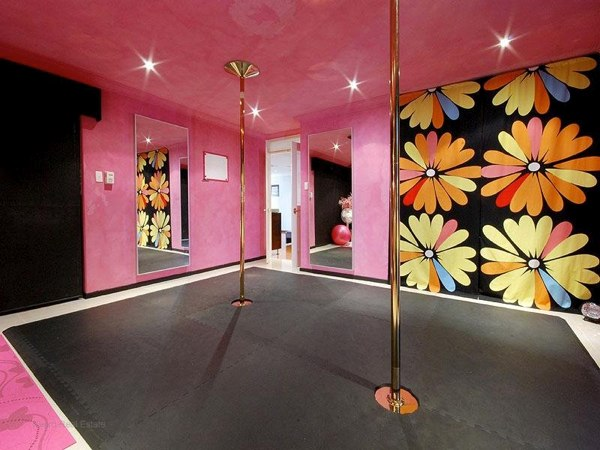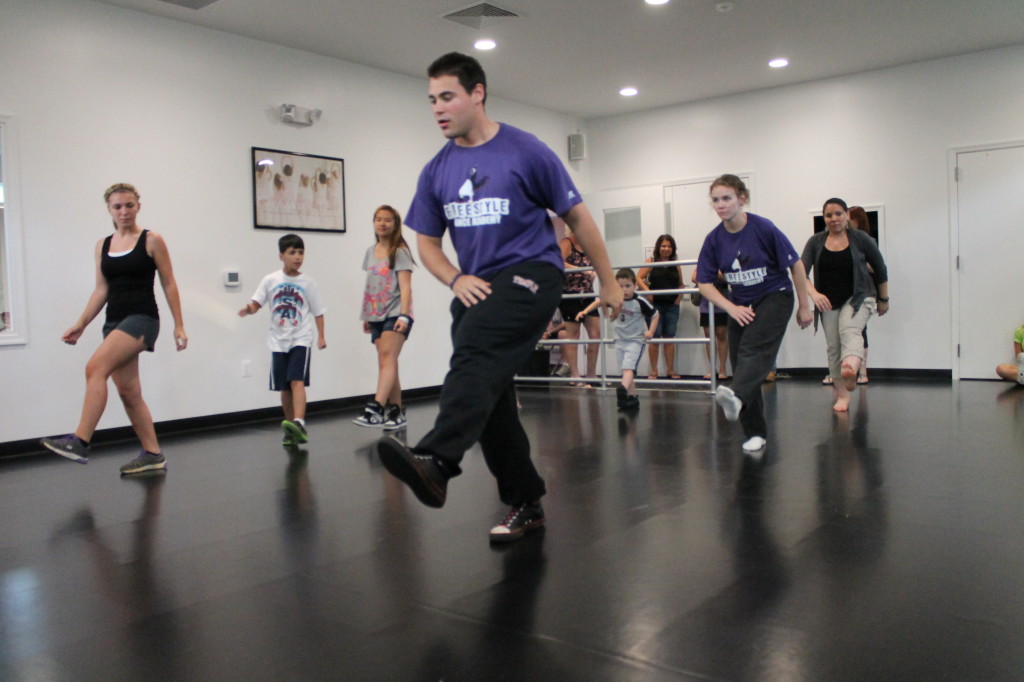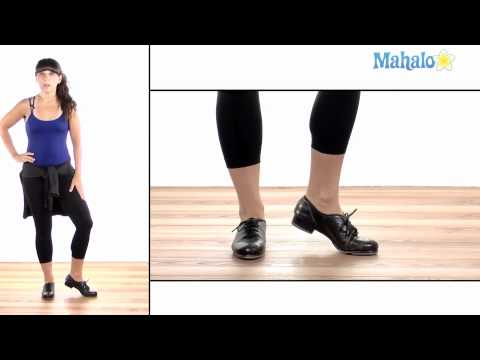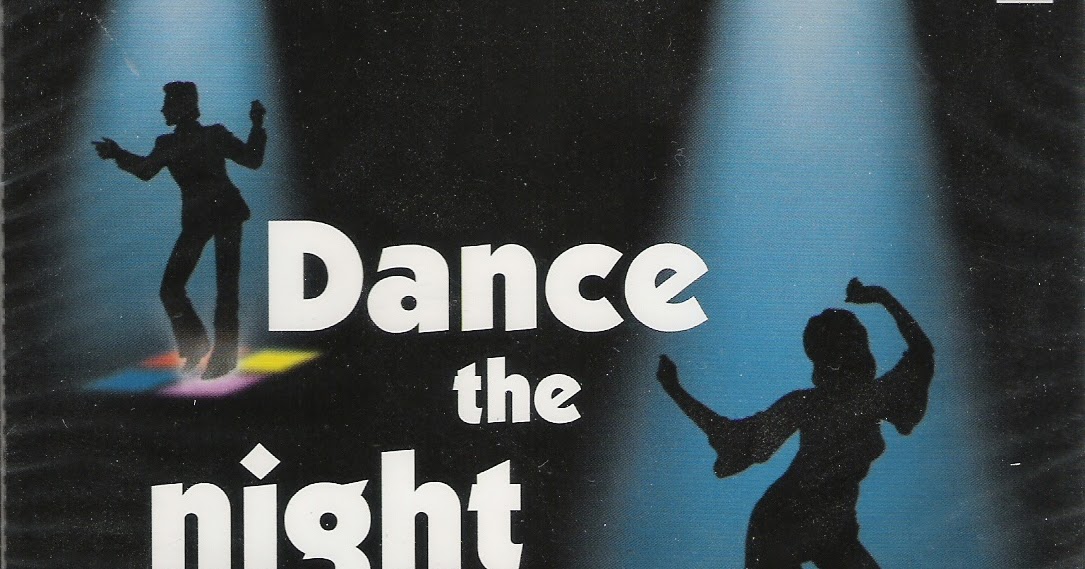Learn how to dance dabke
Dabke (L*), Debke – Lebanon, Palestine, Syria, Jordan – Revised and Expanded – Folkdance Footnotes
*a Living dance is a 1st Generation dance that is still performed in the country of origin (or immigrant communities) as part of a social event like a wedding where others can participate (not for an audience) by people who learned the dance informally (from friends and relatives by observation and imitation, not in a classroom situation). For more information, click here and here.
About Dabke
Dabke, Debke, is THE dance genre of the Levant – Syria, Lebanon, Jordan, Palestine, and parts of Israel, Iraq, Turkey, Yemen, and Saudi Arabia. I say dance genre because, although there is one basic step that is typical of the most popular type of dabke, there are many types of dabke, some of which have other basic steps. Furthermore, many Levantine people label any long-line, mixed gender, simple group dance a dabke, including dances by Assyrians, Kurds, Turks and others who do not have dabke in their tradition. Beware of YouTubes labeled Dabke!
Generally speaking, when Levantines speak of dabke, they mean a dance where everyone can participate, but where the line has 3 distinct parts.
- 1. The raas (“head”) or lawweeh (also spelled “lawih”) who leads the line; an accomplished dancer who inspires and directs the line, and may improvise sometimes spectacular steps, leaps, twists, and other acrobatic moves.
- 2. The next 2 or 3 people in line – trusted partners who can support the leader by anticipating and copying the leader’s moves, or physically support the leader when the leader leaps, drops, leans, etc.
- 3. Everybody else, who are there to witness and enjoy participating in a group event, and to dance a simple step, which may change occasionally at the leader’s direction.
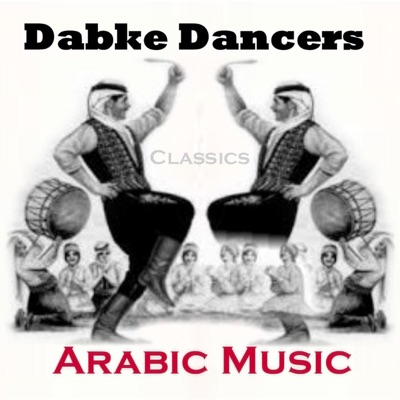 https://www.youtube.com/watch?v=HYxQMbsmPaw
https://www.youtube.com/watch?v=HYxQMbsmPawNote the basic dabke step has 6 counts or steps and moves to the right. Some folk dance scholars note a similarity between dabke and a more universal 6-count line dance – what I term the Taproot Dance. For more on this dance click https://folkdancefootnotes.org/begin/the-taproot-dance/. I don’t consider dabke a Taproot Dance because it lacks the “2 to the right, 1 to the left ” direction pattern and also lacks the “step, step, step,___ step___,” pattern of weight shifts – both are essential elements of Taproot. The essential element of dabke is a STAMP, and also, usually, many more steps with the left foot than the right. The ‘basic’ above, for instance is cross step left, right, cross step left, right, lift left, stamp left.
According to Lebanese historian Youssef Ibrahim Yazbec, the dabke descends from Phoenician dances thousands of years old. [6] The dabke jumps may have originated in ancient Canaanite fertility rituals related to agriculture, chasing off evil spirits and protecting young plants.[7]
[6] The dabke jumps may have originated in ancient Canaanite fertility rituals related to agriculture, chasing off evil spirits and protecting young plants.[7]
Here’s a Lebanese documentary, explaining what Dabke means to the people of the Levant.
The etymology of dabke is uncertain, but it is thought to be derived from the Levantine Arabic word dabaka (Arabic: دبكة) meaning “stamping of the feet”[3][4][5] or “to make a noise”.[6]
The legend of dabke‘s origin.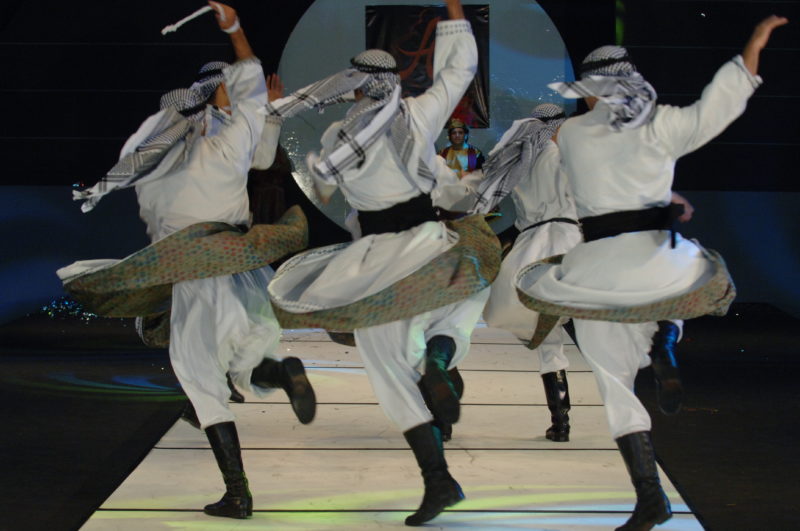 https://www.youtube.com/watch?v=CrTmWh8-fI0 This YouTube is an excerpt from a longer YouTube about the Syrian community of Argentina, found here: https://www.youtube.com/watch?v=syRa2Lsq1C4
https://www.youtube.com/watch?v=CrTmWh8-fI0 This YouTube is an excerpt from a longer YouTube about the Syrian community of Argentina, found here: https://www.youtube.com/watch?v=syRa2Lsq1C4Found here: https://dabka2.blogspot.com/: The leader, called raas (“head”) or lawweeh (also spelled “lawih”) which means to wave, is allowed to improvise on the type of dabke. The leader twirls a handkerchief or string of beads known as a masbha (similar to a rosary), while the rest of the dancers keep the rhythm. Hands are joined together in a palm to palm clasp or by linking pinkies. Arms are held straight down at the sides or can be slightly bent (if the hands are clasped correctly). Shoulders are very close to one another. The physical closeness creates an experience of cultural unity. The movements are synchronized. Uniform movements are what make a debke successful. The dancers also use vocalizations to show energy and keep up the beat.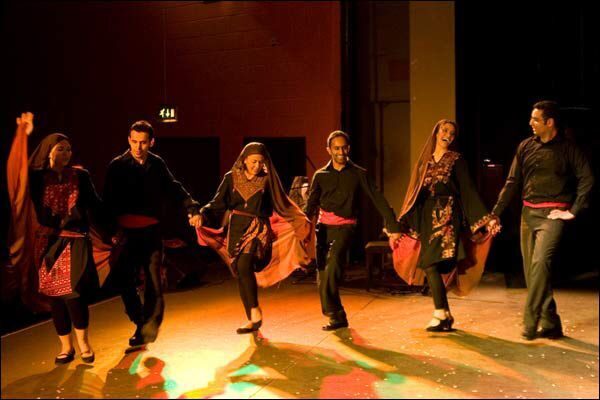 The dabke leader is supposed to be like a tree, with one arm in the air, a proud and upright trunk, and feet that stomp the ground in rhythm. At weddings, the singer begins with a mawwal. The raas or lawweeh takes the lead. Everyone does a basic 1-2-3 step before the song kicks in. At weddings, the dance is sometimes performed by a professional troupe dressed in costume.
The dabke leader is supposed to be like a tree, with one arm in the air, a proud and upright trunk, and feet that stomp the ground in rhythm. At weddings, the singer begins with a mawwal. The raas or lawweeh takes the lead. Everyone does a basic 1-2-3 step before the song kicks in. At weddings, the dance is sometimes performed by a professional troupe dressed in costume.
Song Genres There are numerous kinds of songs that are sung during and specifically for dabke, by both men and women respectively, depending on the occasion, song, and audience. Some of the most popular of these songs, such as Dal Ouna (دلعونا), Al Jafra (الجفرا), Al Dahiyya (الدحية), and Zareef il-Tool (ظريف الطول), are actually entire genres in themselves, in the sense that lyrics can vary significantly in each performance but the basic rhythm of the music is consistent and recognizable. This variation can be seen in the hundreds of lyrical variations heard and recorded of these songs which regardless of specific lyrics, are recognized by their rhythm and at times, a single phrase, as in Ala Dal Ouna, Jafra, and others.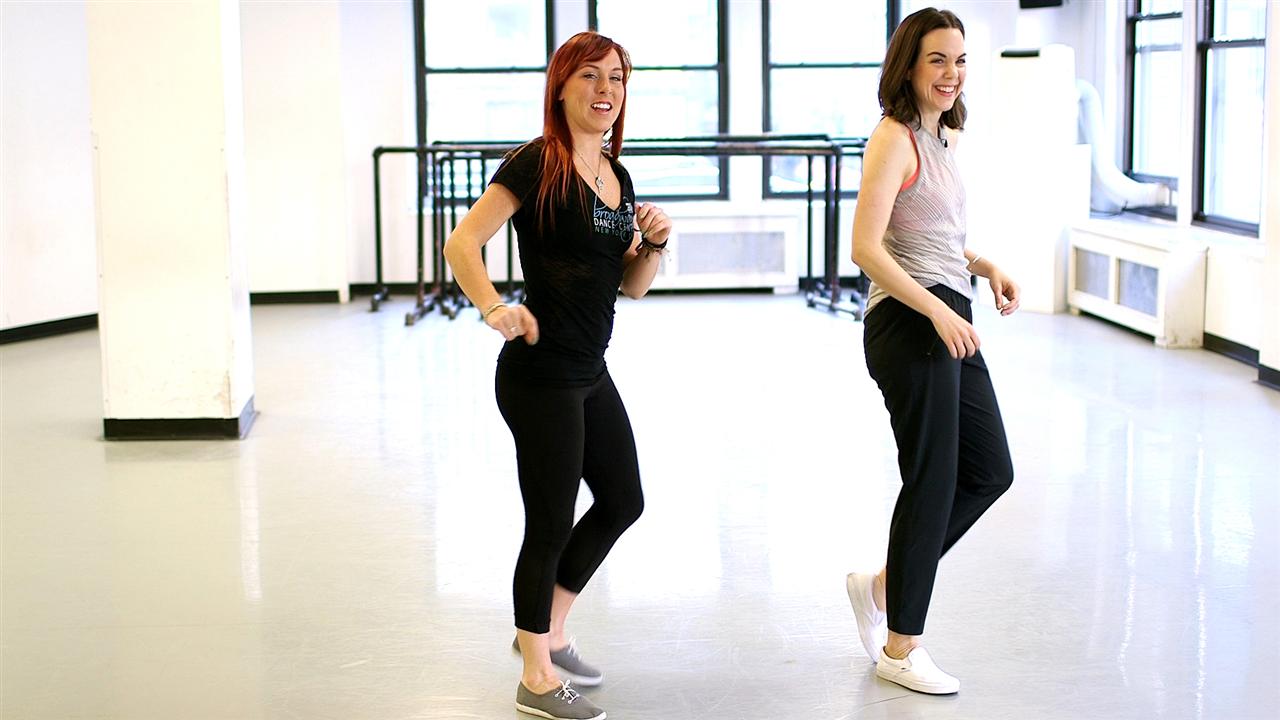 For example, even though one might have heard Ala Dal Ouna sung previously telling a different story in this famous love song, people will still call another song ascribing to the same rhythm and theme as Dal Ouna.
For example, even though one might have heard Ala Dal Ouna sung previously telling a different story in this famous love song, people will still call another song ascribing to the same rhythm and theme as Dal Ouna.
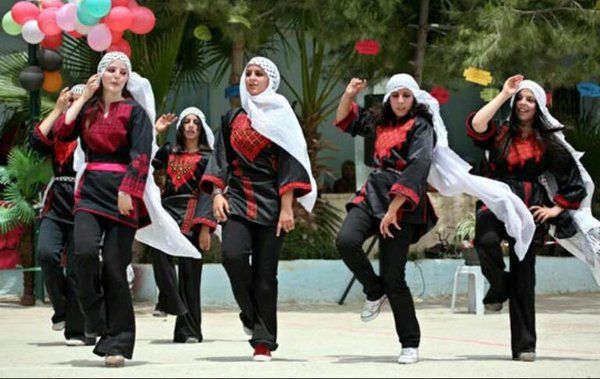 This recording is not the actual wedding, but a so called “Sahra”, which take places the night before. https://www.youtube.com/watch?v=PTfgwxIzC_4Simple wedding dabke‘s are harder to find. https://www.youtube.com/watch?v=JnBszWEQiO0
This recording is not the actual wedding, but a so called “Sahra”, which take places the night before. https://www.youtube.com/watch?v=PTfgwxIzC_4Simple wedding dabke‘s are harder to find. https://www.youtube.com/watch?v=JnBszWEQiO0Wikipedia says there are about 20 different types of Dabke, of which six are main types. I tried Googling each type, and found only a couple of YouTubes with these labels.
- Al-Shamaliyya (الشمالية): is probably the most famous type of dabke. It consists of a lawweeh (لويح) at the head of a group of men holding hands and formed in a semicircle. The lawweeh is expected to be particularly skilled in accuracy, ability to improvise, and quickness (generally light on his feet).
 Typically, the dabke begins with a musician playing a solo on the mijwiz or yarghoul of a Dal Ouna piece, often with two singers accompanying his music. The dancers develop a synchronized movement and step and when the singers finish their song, the lawweeh breaks from the semicircle to dance on his own. When the leader of the dabke sees that the men’s steps are one, in sync, he instructs the dancers to slow down and begin a movement crossing their right foot in front of the opposite one (their left foot). The lawweeh continues to inform the dancers of their basic rhythms, and at this point other guests at the wedding or event occurring will join in the dabke line. This is the most popular and familiar form of dabke danced for happy family celebrations, such as weddings, circumcisions, the return of travelers, release of prisoners, and also for national holidays, in which dabke becomes a demonstration of national personality.[10]
Typically, the dabke begins with a musician playing a solo on the mijwiz or yarghoul of a Dal Ouna piece, often with two singers accompanying his music. The dancers develop a synchronized movement and step and when the singers finish their song, the lawweeh breaks from the semicircle to dance on his own. When the leader of the dabke sees that the men’s steps are one, in sync, he instructs the dancers to slow down and begin a movement crossing their right foot in front of the opposite one (their left foot). The lawweeh continues to inform the dancers of their basic rhythms, and at this point other guests at the wedding or event occurring will join in the dabke line. This is the most popular and familiar form of dabke danced for happy family celebrations, such as weddings, circumcisions, the return of travelers, release of prisoners, and also for national holidays, in which dabke becomes a demonstration of national personality.[10] - Al-Sha’rawiyya (الشعراوية): is limited to men and is characterized by strong steps or stomps.
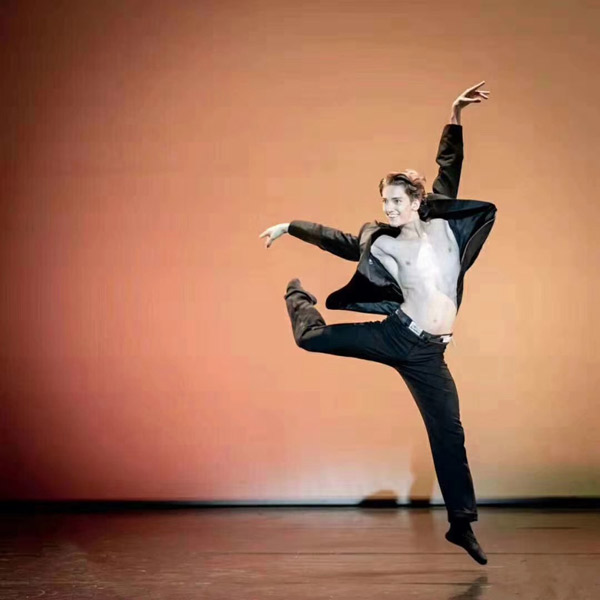 The lawweeh is the most important element in this type of dabke.[10]
The lawweeh is the most important element in this type of dabke.[10] - Al-Karaadiyya (الكرادية): is characterized by a lack of a lawweeh and slow movement with an azif (عازف) (flute player) in the middle of the circle.[10]
- Al-Farah (الفره): is one of the most active types of dabke and therefore requires a high degree of physical fitness.[10]
- Al-Ghazal (الغزل): is characterized by three strong stomps of the right foot, and is usually tiring for those dancing.[10]
- Al-Sahja (السحجة): is a popular Palestinian and Jordanian dance which became significantly more popular during the British Mandate for Palestine. Al-Sahja belongs mostly to northern and central Palestine, and in the south has two kinds: As-Samir (السامر) and Al-Dahiyya (الدحية). As-Samir’s form involves 2 rows of men on opposite walls, competing with folk poetry, sometimes improvised and even exchanging insults, competing in cleverness of retorts.
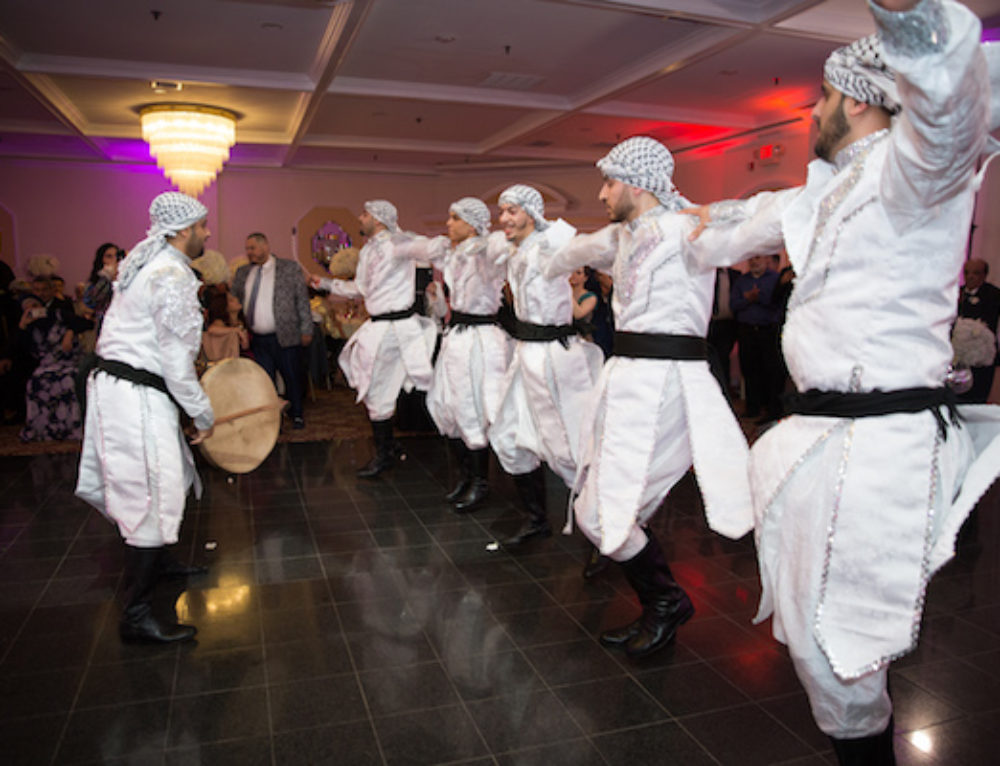 Al-Dahiyya is a Bedouin version of the same kind in which there is a professional dancer that dances between the two opposing walls of men who are competing for her attention, and at times give her money. Al-Sahja usually occurs the night before the wedding party of the groom (zafat al-‘arees), with most of the men in the village participating, especially those who will be attending or are directly involved in the other wedding festivities.”
Al-Dahiyya is a Bedouin version of the same kind in which there is a professional dancer that dances between the two opposing walls of men who are competing for her attention, and at times give her money. Al-Sahja usually occurs the night before the wedding party of the groom (zafat al-‘arees), with most of the men in the village participating, especially those who will be attending or are directly involved in the other wedding festivities.”
Lately the dabke has become more of a performance dance where a group of friends practice constantly until they can do complex steps in unison, then perform at weddings and celebrations. Most of the dabke YouTubes seen today are of this type – people want to see the most spectacular moves.
A sampler of current masters https://www.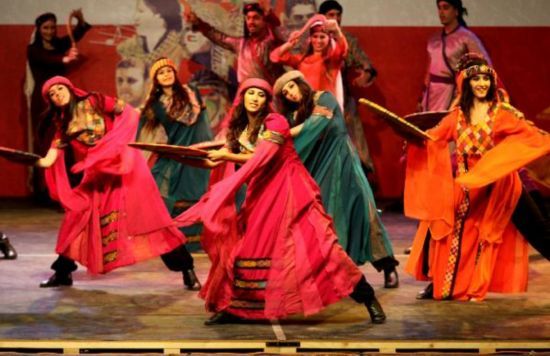 youtube.com/watch?v=_OeI00gA5ugAnother (rival) master Tamer Akil https://www.youtube.com/watch?v=-KOSWfExFAUGirls are dancing debka, too! https://www.youtube.com/watch?v=ywr-Ez2BJyIhttps://www.
youtube.com/watch?v=_OeI00gA5ugAnother (rival) master Tamer Akil https://www.youtube.com/watch?v=-KOSWfExFAUGirls are dancing debka, too! https://www.youtube.com/watch?v=ywr-Ez2BJyIhttps://www. youtube.com/watch?v=G5KfvP4qXa0Canada is home to much dabke https://www.youtube.com/watch?v=tZcuhZa0rns
youtube.com/watch?v=G5KfvP4qXa0Canada is home to much dabke https://www.youtube.com/watch?v=tZcuhZa0rnsHow to Dabke –
Al-Shamaliyya type?The Wikipedia description (above) of Al-Shamaliyya (الشمالية) fits what is by far the most prevalent type of dabke found on YouTube, so I’m assuming that when Levanitne YouTubes teach dabke, they’re teaching Al-Shamaliyya. It’s also possible that only scholars refer to types of dabke.
Basic Lebanese steps https://www. youtube.com/watch?v=K1XbND-e-9QSome simple Palestinian line moves https://www.youtube.com/watch?v=KWWHGdgjEbEPalestinian basic, saba, mijwez moves. https://www.youtube.com/watch?v=Xeo3DHnsdxc&t=206sSome fancy Palestinian in-line steps.
youtube.com/watch?v=K1XbND-e-9QSome simple Palestinian line moves https://www.youtube.com/watch?v=KWWHGdgjEbEPalestinian basic, saba, mijwez moves. https://www.youtube.com/watch?v=Xeo3DHnsdxc&t=206sSome fancy Palestinian in-line steps. Index is below. https://www.youtube.com/watch?v=JJIx5Nbw8e4
Index is below. https://www.youtube.com/watch?v=JJIx5Nbw8e4Leader (
lawweeh) moves Some simple Lebanese leader’s steps. https://www.youtube.com/watch?v=AkukpzPHTnQ More lawweeh moves. https://www.youtube.com/watch?v=pCYl-S5qR0gShayyel series
Here’s an entertaining series, each YouTube teaches a different step.
Be sure to turn on the subtitles by clicking on the red line under the CC ikon.
2. Kalashnikov https://www.youtube.com/watch?v=y0731ThYWJQ
3. Al Shamali https://www.
 youtube.com/watch?v=g6JjJ9hQDyY 4. With Rhythm https://www.youtube.com/watch?v=5eHmY6fT6dc 5. The Deer https://www.youtube.com/watch?v=QwUEUElaRQU6.
youtube.com/watch?v=g6JjJ9hQDyY 4. With Rhythm https://www.youtube.com/watch?v=5eHmY6fT6dc 5. The Deer https://www.youtube.com/watch?v=QwUEUElaRQU6.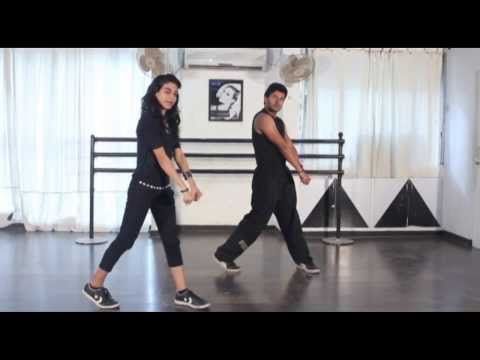 One and a half https://www.youtube.com/watch?v=MMKoaTEcGNM7. Palestinian wedding https://www.youtube.com/watch?v=KYgUChUNItg8. Dazi https://www.youtube.com/watch?v=D-br8oAqKmI9.
One and a half https://www.youtube.com/watch?v=MMKoaTEcGNM7. Palestinian wedding https://www.youtube.com/watch?v=KYgUChUNItg8. Dazi https://www.youtube.com/watch?v=D-br8oAqKmI9. The five https://www.youtube.com/watch?v=6WoD6DxPALg10. The Scissors https://www.youtube.com/watch?v=-BQoJDGX3z4
The five https://www.youtube.com/watch?v=6WoD6DxPALg10. The Scissors https://www.youtube.com/watch?v=-BQoJDGX3z4Like this:
Like Loading...
lebanese dabke tutorial beginners | TikTok Search
TikTokUpload
For You
Following
ianmontesz
ianmontesz_dancer
Some Dabke tips for you 🔥🤩 #dancer #lebanon #bellydancer #lebanese #dabke
159 Likes, 5 Comments. TikTok video from ianmontesz_dancer (@ianmontesz): "Some Dabke tips for you 🔥🤩 #dancer #lebanon #bellydancer #lebanese #dabke".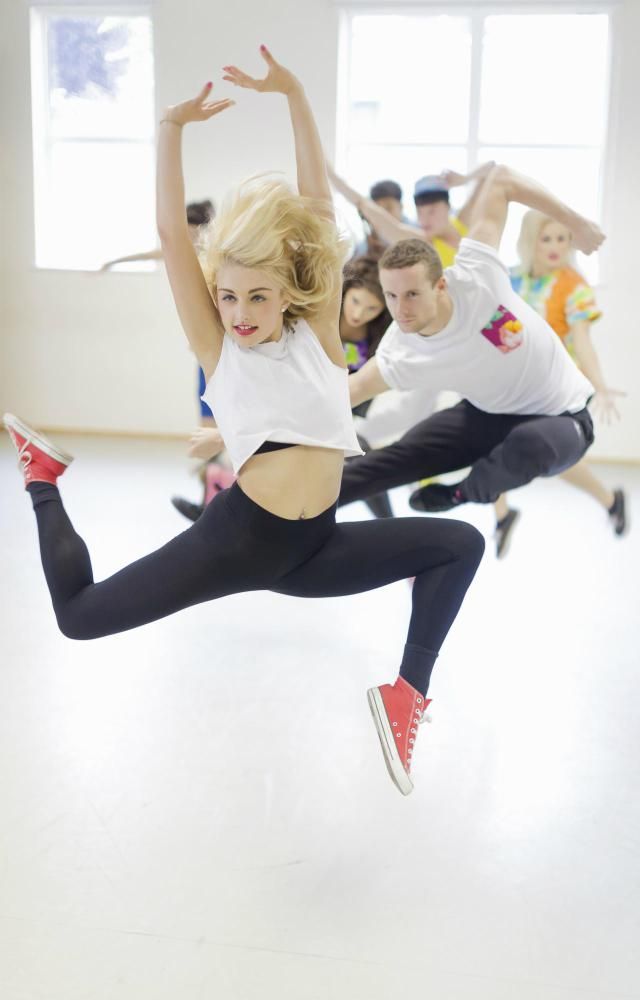 Dabke.
Dabke.
2549 views|
Dabke - Selçuk Şahin
thehattaboys
TheHattaBoys
Lebanese Dabke! Tutorial #5 Follow for More #arab #dabke #foryoupage #lebanon
29.5K Likes, 475 Comments. TikTok video from TheHattaBoys (@thehattaboys): "Lebanese Dabke! Tutorial #5 Follow for More #arab #dabke #foryoupage #lebanon". X2 | Back Step | Front Step | .... Dabket Pt. 3.
320.7K views|
Dabket Pt. 3 - National Lebanese Group
hoodjjabi
LocalArabs
Reply to @hijabifaery TUTORIAL YALL BEEN ASKING FOR 🔥#4u #dabke #dabka #debka #arab #tiktokarab #tutorial #culture #lebanese #اكسبلور #xyzbca #لبنان
49. 1K Likes, 635 Comments. TikTok video from LocalArabs (@hoodjjabi): "Reply to @hijabifaery TUTORIAL YALL BEEN ASKING FOR 🔥#4u #dabke #dabka #debka #arab #tiktokarab #tutorial #culture #lebanese #اكسبلور #xyzbca #لبنان". original sound.
1K Likes, 635 Comments. TikTok video from LocalArabs (@hoodjjabi): "Reply to @hijabifaery TUTORIAL YALL BEEN ASKING FOR 🔥#4u #dabke #dabka #debka #arab #tiktokarab #tutorial #culture #lebanese #اكسبلور #xyzbca #لبنان". original sound.
513K views|
original sound - LocalArabs
dalia.dancer
Dalia
Reply to @yassmeensaad7 Hope this helps! #dabke #dabketutorial
4K Likes, 29 Comments. TikTok video from Dalia (@dalia.dancer): "Reply to @yassmeensaad7 Hope this helps! #dabke #dabketutorial". Let’s break down the basic Dabke step | Let’s start slow | 1. Cross left over right | .... original sound.
80.9K views|
original sound - Tik Toker
dabkelove
dabkelove
Duet me and let’s lead #dabke lines💃🏻😍🔥🇱🇧✌️📿 #dabkegirls #tutorial #learn #lebanese #fyp #dancetutorials #دبكة #wedding #tiktokarab
48. 8K Likes, 487 Comments. TikTok video from dabkelove (@dabkelove): "Duet me and let’s lead #dabke lines💃🏻😍🔥🇱🇧✌️📿 #dabkegirls #tutorial #learn #lebanese #fyp #dancetutorials #دبكة #wedding #tiktokarab". Dance Dabke with me ♥️ | Popular 6-step jump | Left | .... original sound.
8K Likes, 487 Comments. TikTok video from dabkelove (@dabkelove): "Duet me and let’s lead #dabke lines💃🏻😍🔥🇱🇧✌️📿 #dabkegirls #tutorial #learn #lebanese #fyp #dancetutorials #دبكة #wedding #tiktokarab". Dance Dabke with me ♥️ | Popular 6-step jump | Left | .... original sound.
694.6K views|
original sound - dabkelove
dabkelove
dabkelove
Duet me and let’s dance #dabke 💃🏻😍🔥🇱🇧✌️📿 #tiktokarab #tutorial #learn #lebanese #fyp #dancetutorials #دبكة
44K Likes, 647 Comments. TikTok video from dabkelove (@dabkelove): "Duet me and let’s dance #dabke 💃🏻😍🔥🇱🇧✌️📿 #tiktokarab #tutorial #learn #lebanese #fyp #dancetutorials #دبكة". Basic Lebanese 6-step dabke | Dance Dabke with me ♥️ | Left | .... original sound.
695.2K views|
original sound - dabkelove
thehattaboys
TheHattaBoys
Dabke Tutorial Part 7 : Beginner #Duet #dabke #arab #dance #foryoupage
28.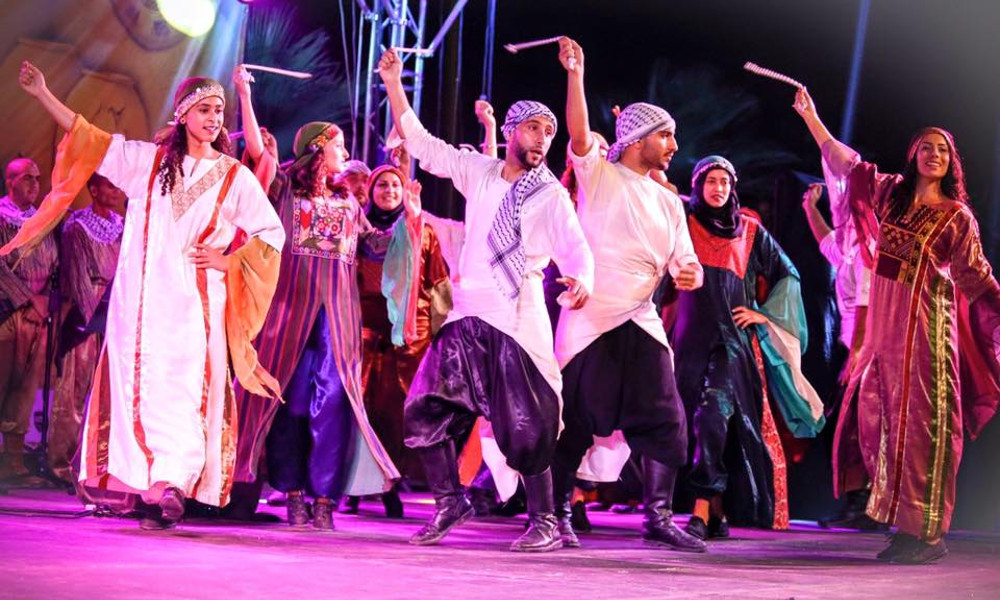 9K Likes, 426 Comments. TikTok video from TheHattaBoys (@thehattaboys): "Dabke Tutorial Part 7 : Beginner #Duet #dabke #arab #dance #foryoupage". Take 4 steps to the right | Right foot stomp | Left foot up | .... Dabke.
9K Likes, 426 Comments. TikTok video from TheHattaBoys (@thehattaboys): "Dabke Tutorial Part 7 : Beginner #Duet #dabke #arab #dance #foryoupage". Take 4 steps to the right | Right foot stomp | Left foot up | .... Dabke.
356K views|
Dabke - Murad Xereki
dabkelove
dabkelove
Duet me and let’s dance #dabke 💃🏻😍🔥🇱🇧✌️📿 #tiktokarab #tutorial #learn #lebanese #fyp #exercise #fitness #dancetutorials #دبكة #wedding #yalla
970 Likes, 10 Comments. TikTok video from dabkelove (@dabkelove): "Duet me and let’s dance #dabke 💃🏻😍🔥🇱🇧✌️📿 #tiktokarab #tutorial #learn #lebanese #fyp #exercise #fitness #dancetutorials #دبكة #wedding #yalla". Dance dabke with me ♥️ | 6-step Lebanese dabke | Dabke Fitness Yalla🔥 | . ... original sound.
... original sound.
19.3K views|
original sound - dabkelove
dabkelove
dabkelove
Also called #Syrian 🇸🇾 or #arab #dabke📿 Duet me and let’s #dance 🇱🇧♥️🔥 #tutorial #learn #lebanese #fyp #dancetutorials #دبكة #wedding
12K Likes, 125 Comments. TikTok video from dabkelove (@dabkelove): "Also called #Syrian 🇸🇾 or #arab #dabke📿 Duet me and let’s #dance 🇱🇧♥️🔥 #tutorial #learn #lebanese #fyp #dancetutorials #دبكة #wedding". Dance dabke with me ♥️ | 12-step Lebanese Dabke | Left | .... original sound.
192.2K views|
original sound - dabkelove
dabkelove
dabkelove
DUET ME if you manage to do it!!! #dabke 😍🔥✌️📿 #tiktokarab #tutorial #learn #lebanese #fyp #dancetutorials #دبكة #wedding
877 Likes, 11 Comments. TikTok video from dabkelove (@dabkelove): "DUET ME if you manage to do it!!! #dabke 😍🔥✌️📿 #tiktokarab #tutorial #learn #lebanese #fyp #dancetutorials #دبكة #wedding". Dance Dabke with me ♥️ | 6-step Dabke jump | Right | .... original sound.
TikTok video from dabkelove (@dabkelove): "DUET ME if you manage to do it!!! #dabke 😍🔥✌️📿 #tiktokarab #tutorial #learn #lebanese #fyp #dancetutorials #دبكة #wedding". Dance Dabke with me ♥️ | 6-step Dabke jump | Right | .... original sound.
17.5K views|
original sound - dabkelove
Arabic dance Dabq
Traditional Arabic dance Dabq — dynamic, emotional, bright and free. It gives a sense of solidarity, uniting even strangers - often people, having heard their favorite tunes, drop their business and join the dancers. And how to dance dabka, in Lebanon , where it is especially popular, everyone knows from an early age - this dance conveys the spirit of strong friendship of the Lebanese people and charges with a good mood.
Dabka is rightly called the Arab step - the dance consists of fast and varied steps, jumps, kicks.
The pace and mood of the whole group is set by the leader - ras (from Arabic "head"), who quickly rotates beads like a rosary in his hand.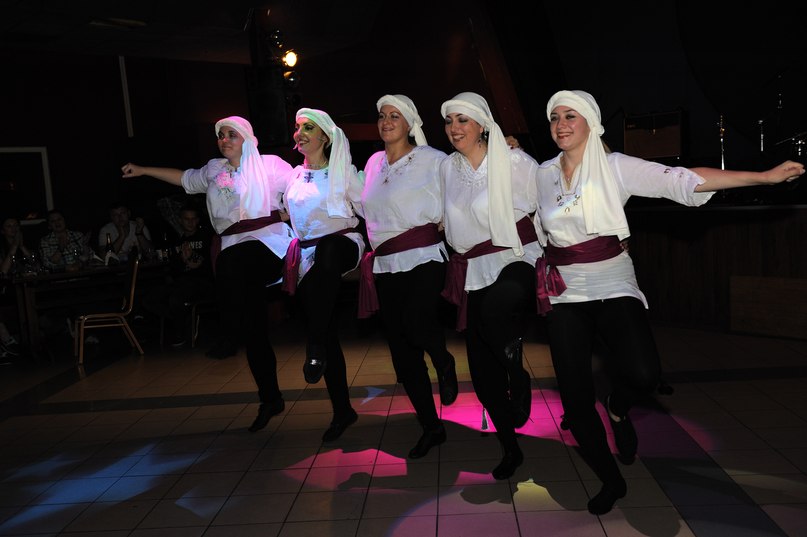 Instead of a rosary in his hands, there may be a handkerchief weighted with a special weight, a short thick cane, or even a saber. It is believed that his hands characterize the weapon, and with his feet he emphasizes his connection with the earth.
Instead of a rosary in his hands, there may be a handkerchief weighted with a special weight, a short thick cane, or even a saber. It is believed that his hands characterize the weapon, and with his feet he emphasizes his connection with the earth.
The leader is allowed to improvise, all the other dancers obey him - synchronously repeat energetic movements, keep a single rhythm and cheer each other up with fervent exclamations, lining up in a line of 20-30 people, which gives rise to a feeling of a single whole and an irresistible desire to merge with the dance. Dabka is so rhythmic and bright that it is hard to sit still while watching the dancers.
Dabka is considered a male dance, but can be performed by women as well as by a mixed group. Men dance widely and sharply, their jumps are long and high. Women have more modest movements, and some of them they do not do at all, giving men the right to solo.
The origin of dance.
The Dabka dance originated in Lebanon, and there are a lot of legends about its origin. According to one of them, the dance originated during the construction of houses, when men jointly trampled down thatched roofs. It is believed that in the same way, farmers trampled the earth to make it fertile. Another legend claims that when the Ottoman Empire invaded the territory of modern Lebanon, the inhabitants danced on the roads, breaking them and preventing the Turks from getting from city to city.
According to one of them, the dance originated during the construction of houses, when men jointly trampled down thatched roofs. It is believed that in the same way, farmers trampled the earth to make it fertile. Another legend claims that when the Ottoman Empire invaded the territory of modern Lebanon, the inhabitants danced on the roads, breaking them and preventing the Turks from getting from city to city.
There is a version that the origin of the dabka, which is also called the dance of solidarity, was influenced by Turkish culture. At the same time, Gypsy culture first influenced Turkish culture, and Turkish culture itself, in turn, influenced Arab culture. As proof, the same songs are cited by the Arabs and the Turks. Be that as it may, the dance enjoys great recognition in many Arab countries.
There is no single style of dabka, in each country and even city it has its own presentation, its own character. Syrians, Palestinians, Iranians brought their influence to Dabka, making the dance more diverse.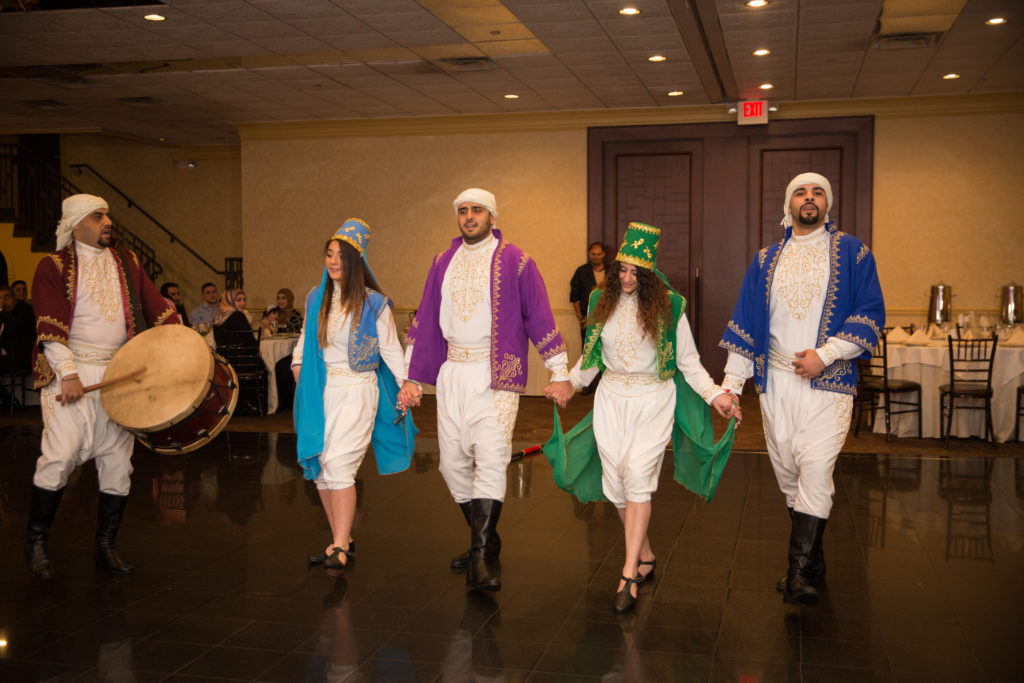
In Lebanon itself, there are several types of dabka - traditional , Baalbakiya , Badawiyya , Khaizrani (symbolizing the struggle) and others. All of them are very similar to each other and originated from songs with similar names, under which they are performed. During the holidays, the traditional dabka is preferred so that everyone can join the dance.
For the first time on stage, a dabka was performed as part of an international festival in Baalbek in 1960 , and this was preceded by a request from the Lebanese President Camille Chamoun to the famous Russian choreographer Igor Moiseev , so that he, having studied the steps of the dabka, would establish a classical basis for dance. So, thanks to the Russian choreographer, the dubka became popular. Subsequently, the dance was modernized by the Lebanese brothers-composers Assi and Mansour Rahbani .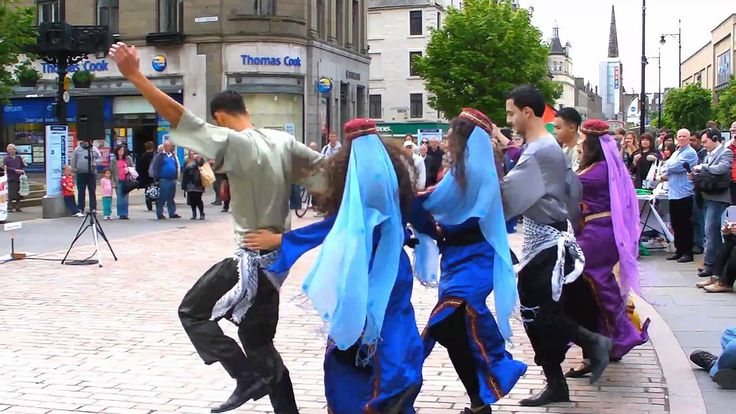
In 2007, a world record was set in Palestine - the longest dabka round dance out of three thousand people!
Music .
Dabka is a very temperamental and incendiary dance, which does not leave any spectator indifferent with its "hot" rhythms.
Music for dubka is groovy and fast with a four-quarter rhythm. This is a folklore rhythm often used in Lebanon, Syria and Iraq. Less often, a three-quarter rhythm can be found, which is explained by Turkish influence. The dance is accompanied not only by music, but also by a song with male vocals.
Dabka musicians play the darbuk (tabla), an ancient percussion instrument, a small goblet-shaped drum; rebabe - a one-string instrument, and the melody is played by a mizmar - a folk wind instrument.
According to one version, the dance could get its name from - darbuki ("darba" - from Arabic "hit"). The darbuka is the solo instrument in the dub, while the tablist who plays it also participates in the dance.
Traditional costume.
As a rule, the colors of clothes are matched to match the national flag of the country. In Lebanon it is red and green. Costumes are decorated with their own symbols, often crosses are embroidered on them - this is how the dancers show their religious affiliation.
Men dance in a plain shirt, waistcoat and wide trousers ( shiruel ), which are tucked into high boots. A red cap is put on the head - tarboush or a scarf is tied in a special way.
Women's costume is brighter, more complex and varied. This may be borrowing men's clothing; skirt, bloomers or long robe; a blouse with a vest or caftan of medium (or slightly lower) length; apron. Small handkerchiefs can be sewn on the sleeves, and a scarf is necessarily tied on the head.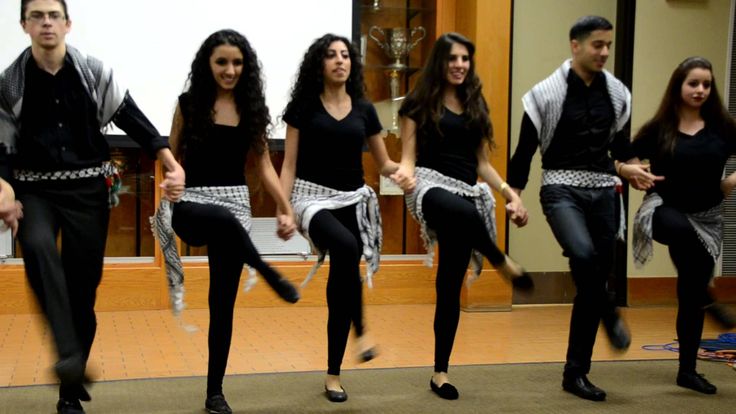 Women dance either in boots or in shoes with small heels. There is also a kind of belt.
Women dance either in boots or in shoes with small heels. There is also a kind of belt.
Nothing reflects the culture of the people like their dances, and the dabka lives in the very soul of the Lebanese. Even the modern youth of Beirut in jeans and sneakers familiar to everyone, holding hands to the thundering rhythm of the DJ, loves to perform their national dance at real dab-parties in nightclubs.
Text: Grishina Yuliya
There are many different opinions about men performing dance…
There are many different opinions about men performing belly dance. Men are not too willing to go to learn to dance. They probably do not feel very comfortable in a predominantly female team. It is more difficult for a man to start learning to dance, they often drop out after a few classes.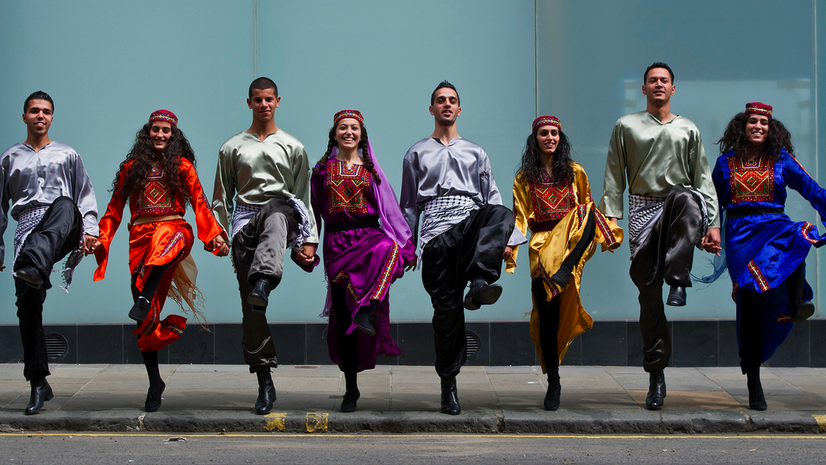 But if they reach good heights in dance, then they make excellent dancers or choreographers.
But if they reach good heights in dance, then they make excellent dancers or choreographers.
Over the past few years, several wonderful dancers, bright and original, have grown up in Russia and other countries. One of the most popular teachers and dancers working in Moscow is the Egyptian Samekh El Dessouki. He came to Moscow in 1997 and in January 1998 opened his own school of oriental dance "Pharaonik". Samekh was born in Cairo, where he received his education. School “Pharaonic” works steadily and successfully in Moscow. Samekh held many interesting and useful master classes in folk dance, dabka and saidi.
Pulat Abduraimov is considered to be the most stylish belly dance performer in Russia. He was born in Uzbekistan, in Tashkent. He graduated from the Tashkent Choreographic School, Faculty of Folk Dance, then worked in the dance group "Lyazgi" in Tashkent. Pulat knows several oriental languages, apart from his native Uzbek Arabic, Turkish, Farsi.
A few years ago, Pulat began teaching oriental dances at the Planet Fitness club. He conducts many master classes in oriental dance, his costumes for performances are always distinguished by sophistication and originality.
Andrey Burynin (Khalif) came to oriental dance eight years ago, in three years he achieved great success and made a fast career going from an amateur to a professional performer. Now he is the lead soloist and choreographer. His style of performing oriental dances is distinguished by well-polished technique and the use of numerous dance accessories. His belly dance costumes always look chic and are richly embellished with embroidery and rhinestones. The Caliph himself is the designer of his costumes.
Leonid Bron was the first man. who showed a male belly dance on the Moscow stage. He graduated from a cultural and educational school in Rostov-on-Don, the faculty of classical and modern ballet. Leonid was seriously engaged in ballroom dancing, and since 1999 he became interested in oriental dance.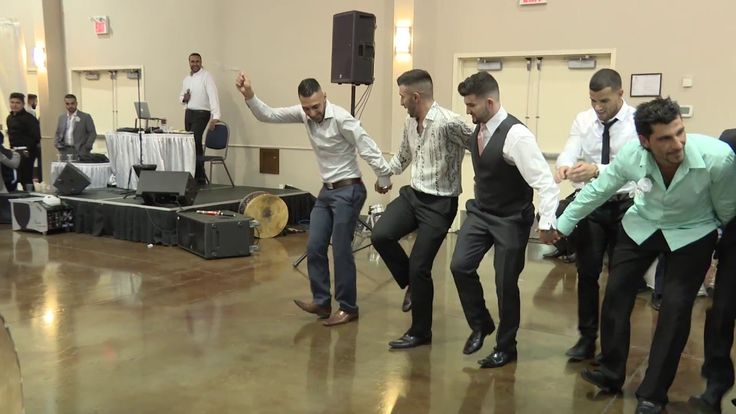 Now he founded the school of belly dance "Sahara" in Rostov-on-Don, conducts teaching activities, and also dances in a restaurant and performs at banquets and holidays.
Now he founded the school of belly dance "Sahara" in Rostov-on-Don, conducts teaching activities, and also dances in a restaurant and performs at banquets and holidays.
Alexey Ryaboshapko is from Donetsk. From childhood, he danced in the professional folk ensemble "Hummingbird" in the city of Makeevka, then moved to the team "Veselka". After that, for several years he danced in the show ballet "Classic" and taught modern choreography at the fitness center. After learning oriental dance from a well-known teacher Irina Popova, Alexey came to Moscow, where he performs and teaches oriental dance at the Janin Fitness fitness club.
Tagir Sadekov mainly acts as a choreographer of oriental dances. In 2004 he created the dance school "Puzzle Dance". The name of the school determines its style of dance. Tagir is fond of mixing styles, bellydance complements with step, hip-hop dilutes with bellydance movements. His school also pays great attention to the study of folk styles of oriental dance.